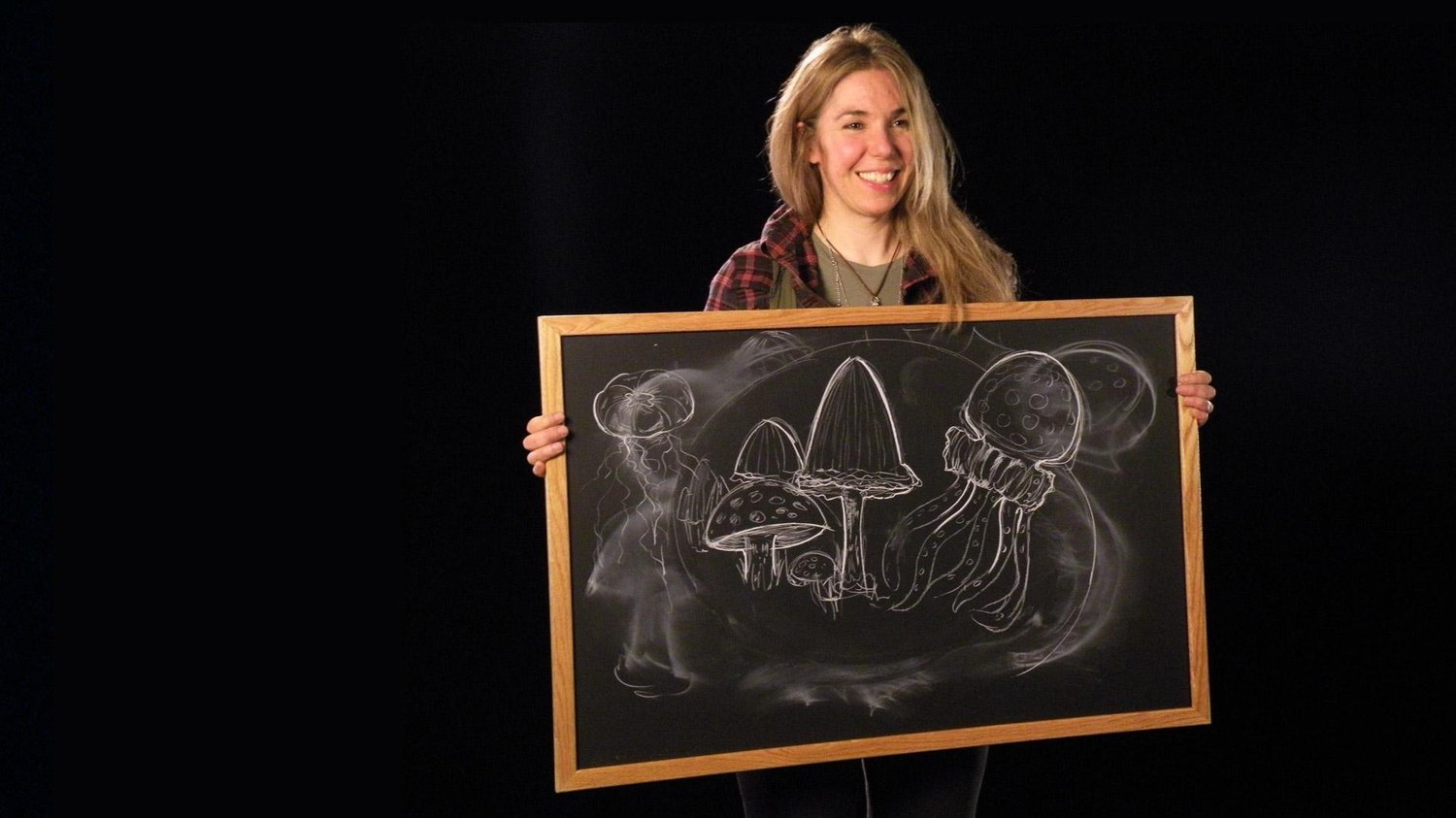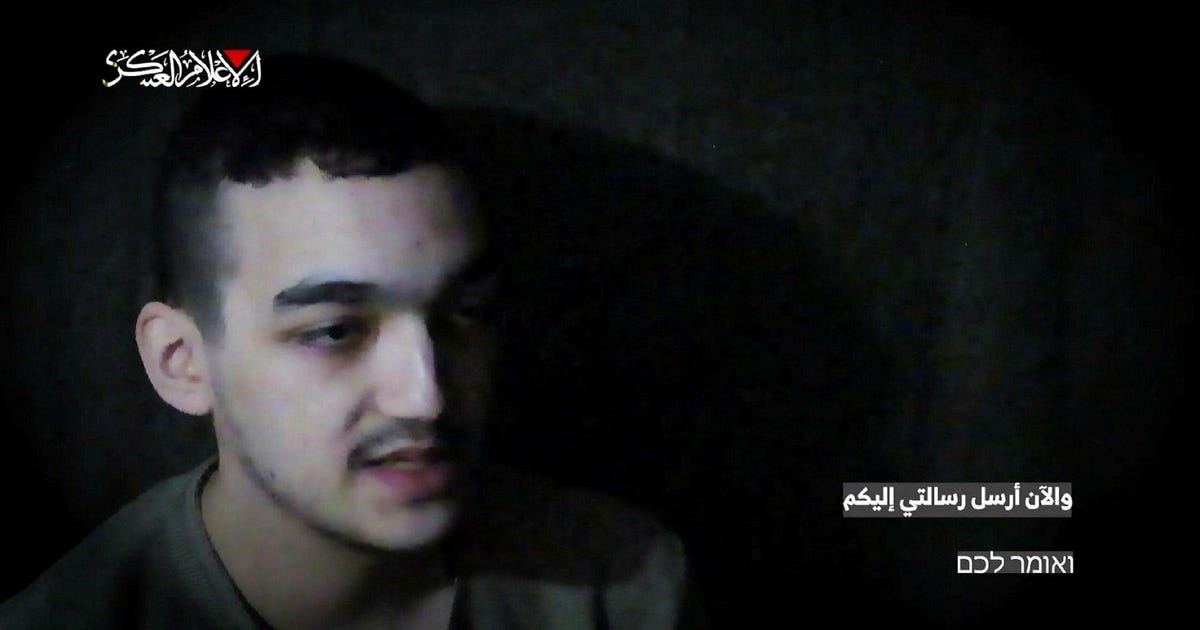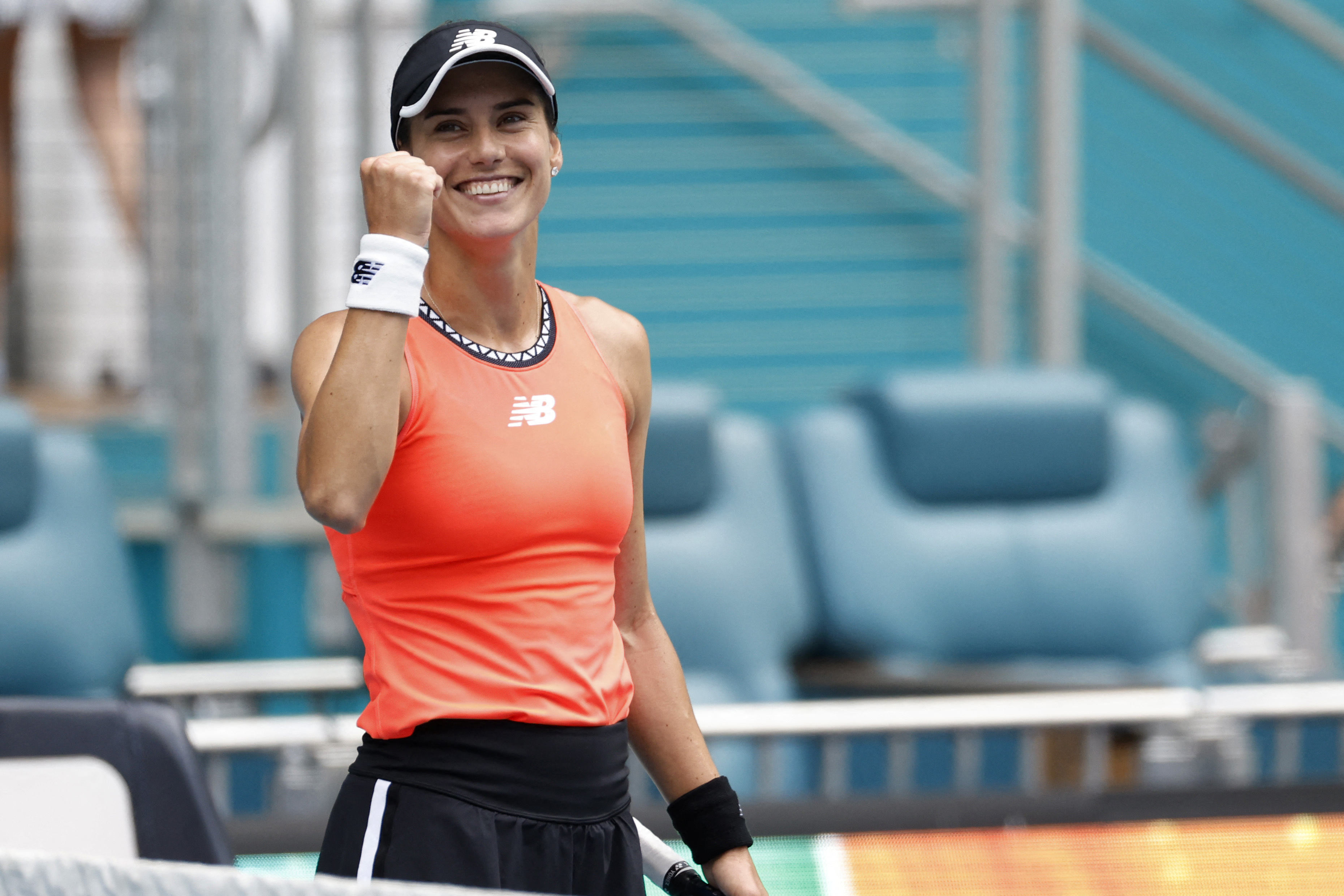Decoding The Da Vinci Code: A Guide For First-Time Readers And Long-Time Fans

Table of Contents
Unraveling the Plot of The Da Vinci Code
The Story's Central Mystery
At the heart of The Da Vinci Code lies a sensational claim: Jesus Christ was married to Mary Magdalene, and their bloodline continues to this day, secretly protected by a powerful organization. This secret, meticulously guarded for centuries by the Priory of Sion, is threatened when Jacques Saunière, the curator of the Louvre Museum, is murdered, leaving behind a trail of cryptic clues. The novel presents a provocative challenge to traditional interpretations of Christian history, suggesting a deliberate cover-up orchestrated by the Catholic Church.
Key Characters and Their Roles
The narrative unfolds through the eyes of several key characters, each playing a crucial role in unraveling the mystery:
- Robert Langdon: A renowned symbologist from Harvard University, Langdon is thrust into the heart of the conspiracy when he finds himself implicated in Saunière's death. His expertise in religious iconography and symbols proves vital in deciphering the clues left behind.
- Sophie Neveu: A brilliant cryptologist working for the French Cryptology Department, Sophie becomes an unlikely ally to Langdon. She is the granddaughter of Jacques Saunière and possesses a crucial piece of the puzzle – her family's hidden history.
- Sir Leigh Teabing: A wealthy and eccentric historian, Teabing acts as a mentor and informant to Langdon and Sophie. His knowledge of the Priory of Sion and the Holy Grail is extensive, yet his motives remain ambiguous throughout the novel, raising questions about his true allegiances. His controversial views and alternative interpretations of historical events add another layer of intrigue.
- Jacques Saunière: The curator of the Louvre Museum, Saunière's murder sets the plot in motion. His dying act of leaving cryptic clues is the catalyst for the adventure that unfolds.
The Clues and Codes
The Da Vinci Code is riddled with codes, ciphers, and historical clues, all intricately woven into the narrative. From Fibonacci sequences to the works of Leonardo Da Vinci himself, the novel utilizes cryptography and symbolism to keep the reader guessing. These hidden messages, ranging from simple word puzzles to complex geometric patterns, gradually reveal pieces of the larger mystery, testing the protagonists' intellect and pushing the plot forward. The use of Da Vinci's art as a source of clues, incorporating concepts of sacred geometry and symbolism, adds a layer of intellectual stimulation and artistic intrigue.
Exploring the Historical and Religious Themes in The Da Vinci Code
The Holy Grail's Significance
The novel presents a non-traditional interpretation of the Holy Grail, moving beyond the simple religious relic to explore its potential symbolic meaning. The Grail is not just a chalice; it represents a hidden lineage, a sacred feminine principle, and the continuation of Jesus's bloodline, challenging traditional religious dogma. This alternative view sparks debate and invites readers to consider multiple interpretations of the Grail's meaning, both religious and mythical.
The Priory of Sion and its Alleged History
The Priory of Sion, a fictionalized secret society in the novel, plays a central role. The book claims that this society has protected the secret of Jesus's lineage for centuries. This assertion, however, has been widely debated, with historians questioning the historical basis of the Priory of Sion’s alleged activities and connections to famous historical figures, fueling the discussion around historical fiction and conspiracy theories. The book cleverly weaves fact and fiction, making the line between truth and fabrication difficult to discern, creating an immersive experience for the reader.
The Interpretation of Religious Texts
The Da Vinci Code reinterprets biblical texts and Christian history, challenging traditional readings and creating a narrative that redefines the roles of key biblical figures. This interpretation is often controversial, sparking heated discussions and prompting readers to examine their own understanding of religious texts and history. This engagement with religious and historical texts is a significant factor in the novel’s enduring popularity and impact on the field of historical fiction.
The Da Vinci Code's Impact and Legacy
Critical Reception and Controversy
Upon its publication, The Da Vinci Code received mixed reviews. While some praised its thrilling plot and intricate puzzles, others criticized its historical inaccuracies and its portrayal of religious figures. The book sparked significant controversy, particularly within religious circles, igniting debates about faith, history, and the role of fiction in shaping public perception.
The Book's Popularity and Cultural Influence
Despite the controversy, The Da Vinci Code became a global bestseller, translated into numerous languages and adapted into a successful movie. Its impact on popular culture is undeniable, boosting tourism to locations featured in the novel and inspiring countless discussions and analyses of its themes. This bestseller status cemented its place in literary history and continues to influence how people approach historical fiction and engage with works that present alternative historical interpretations.
Further Exploration
For those interested in delving deeper into the world of The Da Vinci Code, exploring the historical and religious aspects it raises, further research is essential. Numerous documentaries, websites, and books explore the historical context of the Priory of Sion, the interpretations of the Holy Grail, and the complexities of Christian history. Engaging with these resources provides a richer understanding of the themes and controversies surrounding the novel.
Decoding the Enduring Mystery of The Da Vinci Code
This exploration of The Da Vinci Code has touched upon its intricate plot, its challenging interpretations of history and religion, and its significant cultural impact. The novel’s enduring appeal lies in its clever blend of fiction and historical references, prompting readers to question established narratives and consider alternative perspectives. The key takeaway is the importance of critically engaging with the information presented, examining both the fictional elements and the historical context. So, decode the secrets yourself! Read (or reread) The Da Vinci Code with a renewed appreciation for its intricacies and join the ongoing discussions surrounding its captivating mysteries. Share your own interpretations and engage with other fans – let's continue decoding the secrets together!

Featured Posts
-
 Philadelphia 76ers Draft Lottery Odds A Complete Guide
May 13, 2025
Philadelphia 76ers Draft Lottery Odds A Complete Guide
May 13, 2025 -
 Gaza Kidnapping The Case Of Edan Alexander
May 13, 2025
Gaza Kidnapping The Case Of Edan Alexander
May 13, 2025 -
 Jom Tempah Byd Ev Di Pameran Mas 2025 And Sertai Konsert Rentak Elektrik 9 15 Mei
May 13, 2025
Jom Tempah Byd Ev Di Pameran Mas 2025 And Sertai Konsert Rentak Elektrik 9 15 Mei
May 13, 2025 -
 Sabalenka Triumphs Over Pegula In Miami Open Final
May 13, 2025
Sabalenka Triumphs Over Pegula In Miami Open Final
May 13, 2025 -
 Chris Evans Opens Up About Working With Scarlett Johansson
May 13, 2025
Chris Evans Opens Up About Working With Scarlett Johansson
May 13, 2025
